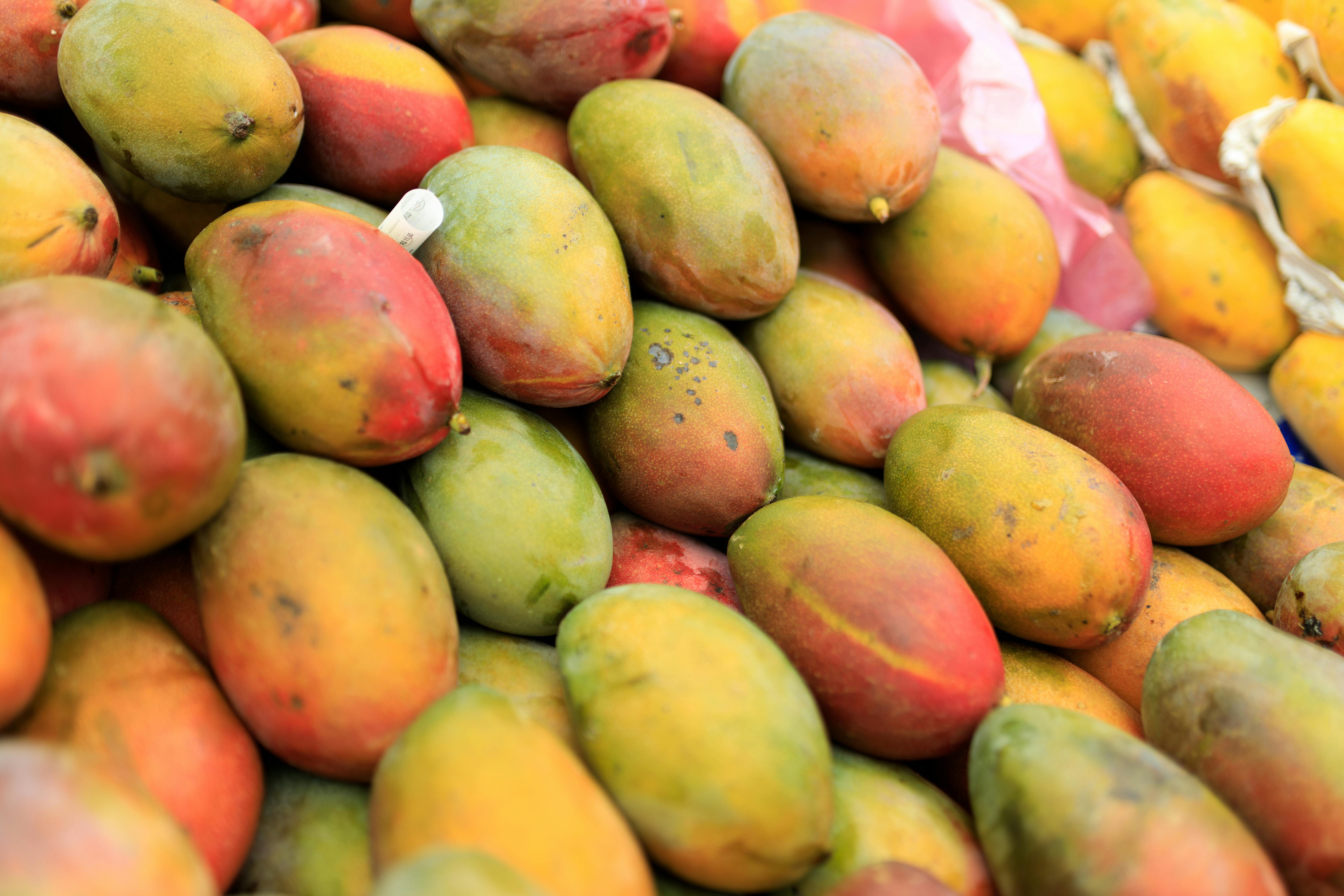
Apply Now


Understanding the Varied Diets of Animals in the Chaparral Biome
Overview of the Chaparral Biome
The chaparral biome is a distinctive ecosystem marked by its unique climate and vegetation types. It primarily experiences hot, dry summers and cooler, wetter winters, creating a dynamic environment that houses a diverse range of plant and animal species. The vegetation typically consists of shrubs, small trees, and hardy plants adapted to withstand the often harsh conditions. Given these climatic characteristics, the seasonal availability of food sources in the chaparral can be extremely variable, necessitating adaptability from the animals that inhabit it. One key adaptation many animals have developed in this biome is a varied diet. This flexibility in dietary habits allows them to make the most of the fluctuating food supply throughout the year. For instance, animals such as rabbits or certain rodents might consume different seeds, fruits, and green vegetation depending on what is available in a particular season. This adaptability enhances their ability to thrive despite environmental changes, thus playing a critical role in their survival strategies and resilience.Resource Availability Through Seasonal Changes
The resources within the chaparral environment change significantly with seasonal shifts. During the summer months, many plants may go dormant or lose their leaves to conserve water, dramatically affecting food availability. Conversely, during the winter, the cooler temperatures and rainfall promote the growth of various plant types, enriching the diet of animals that thrive in this period. Animals that capitalize on this seasonal resource availability tend to fare better in the unpredictable climate. For example, omnivores may switch from plant material in the warmer months to insects and small animals when plant availability decreases. This dietary flexibility not only supports their nutritional needs but also contributes to overall ecosystem stability as these animals engage in resource partitioning, minimizing competition for the same food sources.Nutritional Diversity and Health Benefits
A varied diet offers numerous advantages as it meets the nutritional needs of animals more effectively than a restricted diet. Each type of food provides distinct nutrients crucial for an animal's growth, reproductive success, and long-term health. For instance, protein from insects and fat from seeds are essential for energy balance and metabolic functions. Additionally, by tapping into various food sources, animals avoid potential deficiencies that could arise from relying solely on one type of food, thus enhancing their overall health and vitality. Dietary diversity is also linked to lowering risks of disease due to the variation in microbiome diversity influenced by a broader dietary intake. This concept of nutritional diversity illustrates why the natural selection of species with flexible feeding habits can be seen as an evolutionary advantage. By successfully adapting their dietary preferences according to availability, these species maintain their ecological niches and improve their survival outcomes within the chaparral ecosystem.Enhancing Survival Strategies Through Dietary Flexibility
Opportunistic Feeding Behavior
Animals that adopt opportunistic feeding behaviors find themselves at a significant advantage in environments marked by variability. In the chaparral biome, fluctuating food supplies can lead to periods of abundance and scarcity. Therefore, those animals that can switch their diets based on availability are often the ones most capable of enduring challenging conditions. For example, many herbivores might take advantage of flowering plants in the spring and shift to roots and tubers in harsher conditions. Maintaining such flexibility not only supports individual survival but also contributes to the broader health of the ecosystem by enabling various species to coexist without exhausting the available resources.Minimizing Competition Among Species
The diverse diets of animals in the chaparral biome help mitigate competition for resources, a critical aspect of survival in areas that can be densely populated. By exploiting different food sources, herbivores, and omnivores alike reduce their direct competition with others that might share similar feeding needs. This resource management technique exemplifies community structure within the ecosystem. For instance, a specific group of herbivores may specialize in consuming certain plant types, while others might focus on a different grouping. Thus, these dietary adaptations not only benefit the individual species but foster a stable, diverse community that enhances ecosystem resilience.Behavioral Adaptations and Foraging Strategies
Behavioral flexibility, as it pertains to foraging strategies, is equally important in the survival of animals in the chaparral biome. Species must be quick to adapt their foraging behaviors when facing environmental stress or shifts in food availability. For instance, some animals may exhibit opportunistic behaviors where they learn to detect and utilize new food sources through social learning or trial and error. These adaptations can also be seen in the way certain omnivores will shift to exploit more seasonal foods when traditional sources become scarce. Through these behavioral strategies, animals develop a nuanced understanding of their food landscape, enhancing their chances of survival in the face of environmental changes.The Impact of Dietary Diversity on Ecosystem Dynamics
Food Web Interactions and Trophic Levels
The varied diets of animals significantly impact the food web dynamics within the chaparral ecosystem. By understanding the roles these diverse diets play, we can appreciate how animals contribute to the stability and functioning of their habitats. Different dietary preferences help shape the interactions among species, influencing population dynamics and the control of vegetation growth. Herbivores, for example, may prevent any one plant type from dominating through their feeding habits, which in turn allows less palatable or more fragile species to flourish. Moreover, predators rely on health and vigor among their prey, which can be affected by the nutritional balance derived from varied diets. The health of herbivores is closely tied to their dietary habits, showcasing the interconnectedness of species and how successful foraging has cascading effects throughout the food chain.Feedback Mechanisms within Ecosystems
The relationships fostered through varied diets also provide feedback mechanisms that enhance ecological resilience. For example, healthy herbivore populations contribute to the nutrient cycling processes in their habitats, benefitting plant growth and overall community health. Hybrid vigor in animal populations driven by dietary variation helps stabilize the population against environmental fluctuations. As each species adapts to changing conditions, their resulting interactions foster robust ecosystems capable of withstanding disturbances such as climate variability and habitat fragmentation.Conservation Implications of Dietary Varieties
Threats to Dietary Flexibility
While the adaptability of animals in the chaparral biome highlights their resilience, this is increasingly threatened by human activities such as habitat fragmentation, climate change, and resource competition. These environmental stressors can drastically reduce the availability of diverse food sources, adversely affecting the survival strategies of many species. Conservation efforts aimed at preserving habitat diversity are essential for maintaining the ecological balance within these environments. Strategies may include protecting key foraging areas, restoring native vegetation types, and managing resources more effectively to bolster biodiversity.Successful Strategies for Conservation and Management
To ensure that the diverse diets continue to support animal populations, there must be a focus on encouraging ecological interactions that foster biodiversity. Implementing measures such as controlled burns to promote healthy vegetative growth or restricting overgrazing can help enhance the ecological robustness of chaparral regions. Moreover, education and public awareness about the significance of these species interactions—how dietary flexibility plays into broader ecosystem stability—are critical for community engagement in conservation initiatives.Conclusion: The Continuing Importance of Varied Diets in the Chaparral Biome
In conclusion, the advantage of a varied diet among animals inhabiting the chaparral biome cannot be overstated. These dietary adaptations not only enhance individual survival and reproductive success, but they also maintain ecological balance and resilience within this variable environment. Understanding the complex relationships between dietary diversity and ecosystem stability is vital as we face challenges posed by climate change and habitat degradation. Through continued conservation efforts, we can protect these beautiful and dynamic ecosystems, ensuring these adaptable species thrive for generations to come.
